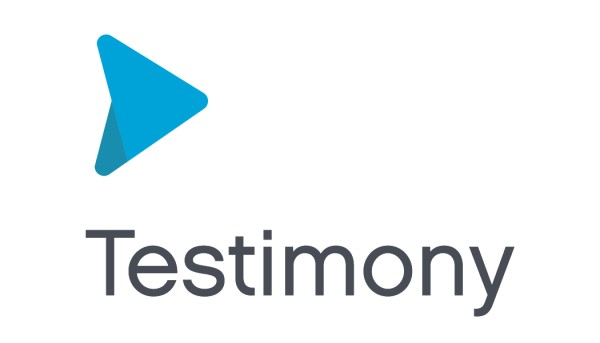Overview
A Testimony recording generates, from real-life activity, an entire test script library which covers a high percentage of your actual SAP system usage. How big a percentage this is (i.e., the coverage you have achieved) depends firstly on the length of the recording (a 48-hour recording will naturally cover more work that a 4-hour recording) as well as the point within the business cycle (e.g., month-end, mid-month) in which the recording was active.
In order to better understand the level of coverage that you have achieved with your recording, Testimony includes functionality to perform a Coverage Analysis, comparing what was recorded with your production system’s typical workload.
Coverage Analysis consists of three steps:
- Usage retrieval: In this step, performance statistics data is retrieved from the recorded system for a period that you define
- Prioritization: This step takes the performance data and prioritises the individual components (dialog transactions, batch jobs, etc.) according to either how frequently they are typically executed in production, or according to a set of priorities that you determine
- Coverage Analysis: This final steps takes the recorded data from the execution queue and compares it with the usage data. You can then see high-level statistics (e.g., what percentage of critical priority dialog transactions you recorded) as well as detailed information on each dialog transaction, batch job, etc.
Accessing the Coverage Analysis functionality
Since Coverage Analysis compares production usage data with what is in your execution queue, the Coverage Analysis functionality is contained within the Execution section of the main menu in Testimony. However, it is not necessary to have already performed the playback before running the Coverage Analysis process.
The following image shows the screen you will see when you select the Coverage Analysis item from the menu before you have run any of the Coverage Analysis steps.

The following sections give details of the process to go through in order to perform a full Coverage Analysis of your execution queue.



Post your comment on this topic.